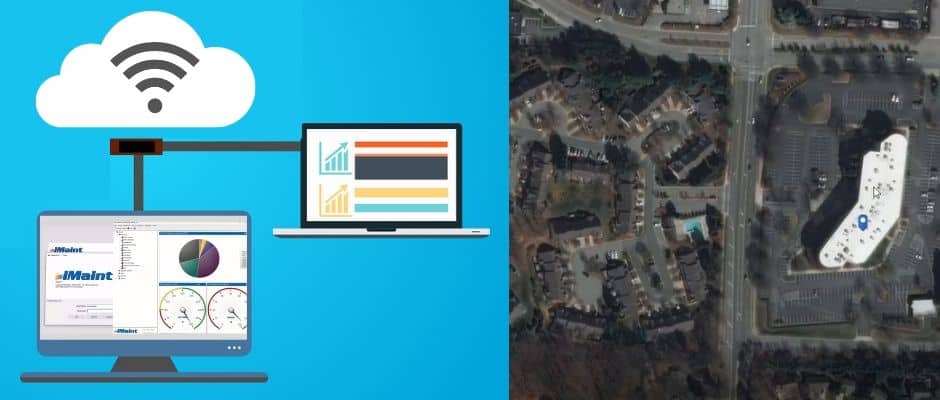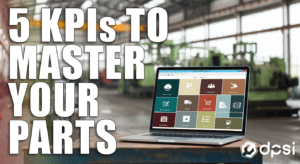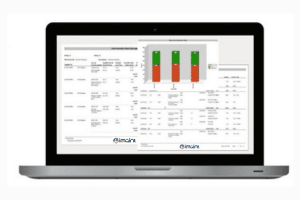The buzzword, “continual improvement,” is a hard one to miss. No matter how it’s worded, the notion of making changes that positively affect your business isn’t new. If you’re exploring ways to continually improve your maintenance operations, consider the benefits of integrating your computerized maintenance management software (CMMS) with other business applications. Software integrations can vastly increase the efficiency of your everyday operations and processes. Read on to learn our top CMMS integrations for your business.
Combining CMMS software with other relevant components of your organization helps eliminate duplicate or redundant processes. For example, critical information that is typically only found in a CMMS can be utilized by additional departments to improve the accuracy of their operations. The likelihood of errors decreases dramatically when systems communicate directly with one another.
1. ERP Software or Accounting System
Syncing data automatically from enterprise resource planning (ERP) software to a CMMS can be extremely advantageous. Integrating these two systems provides employees [spanning additional departments, job duties, etc.] with real-time access to inventory or parts data. Consider upcoming preventive maintenance (PM) tasks that require replacement parts, for instance. Maintenance employees can trust the inventory level accuracy in their CMMS when checking on a part availability, since all replacement parts are ordered and received through the ERP. Accessing the history of parts within an ERP, on the other hand, makes it possible for purchasing to optimize reorder points for inventory. Streamlining critical data from ERP to CMMS and vice versa can enhance operations for many facets within an organization.
2. Condition Monitoring Technology or PLCs
Condition monitoring is another popular technology you’ve likely encountered. Perhaps you’ve already implemented condition monitoring, you are considering it or you simply read about it. Regardless, it’s beneficial to learn how to best maximize the return on investment (ROI) for this technology. Asset condition monitoring sensors can detect problems in equipment relating to temperature, vibration or other factors. Integrating condition monitoring with CMMS systems provides a method of addressing the information and creating actionable plans to correct problems.
As Frank Harmuth stated in the 2019 Reliable Plant Conference proceedings, “the benefits of linking condition monitoring data to your CMMS include quicker repairs, saving time and money by fixing only the part that needs to be repaired, less downtime, reducing unnecessary PMs, and extending the time between PMs, which increases available maintenance tech time for other work.”
Harmuth further explained that in a factory setting, sensors are connected to programmable logic controller (PLCs) through network or internet access, and supervised by applications that can communicate with the CMMS. Through an implementation process, this integrated system can be used to generate preventive or corrective work orders.
3. GPS or ArcGIS Location-Based Systems
A global positioning system (GPS) or geographic information system (GIS) like ArcGIS can also provide advantages when integrated with CMMS or enterprise asset management (EAM) software. Utilizing a piece of equipment’s latitude and longitude through direct access with one of these location-based systems makes it possible to pinpoint the exact physical location of an asset. This integration is also helpful for fleet maintenance management, in which assets are in motion and locations change frequently.
It’s important to work with a maintenance management software provider who has experience with integrations and offers services such as project planning, software customizations, audits, data migration and most importantly, sufficient training and support for your continued success. Consider DPSI in your search for a comprehensive maintenance management partner.





